Ferdinand Melichar
Selected works


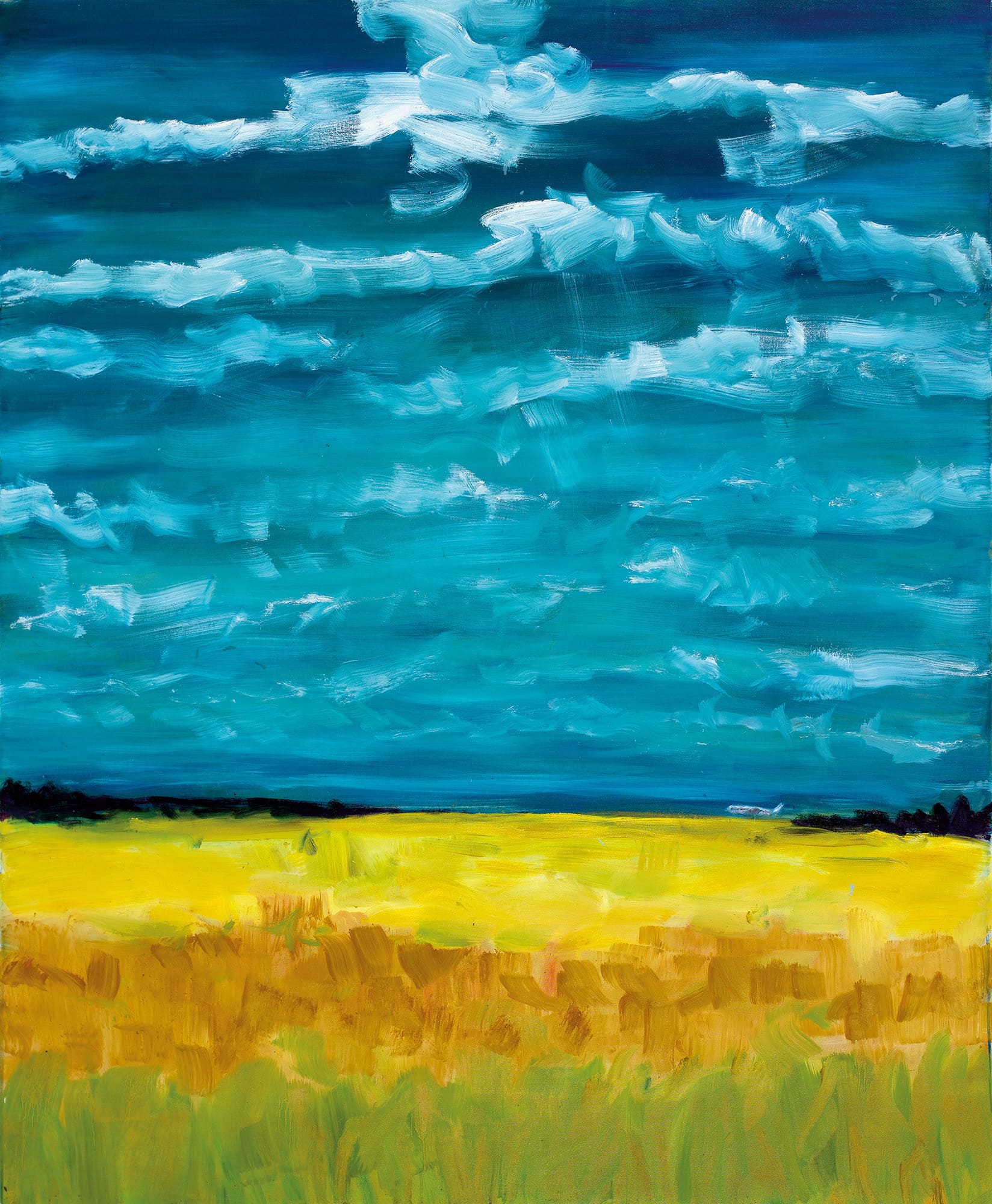



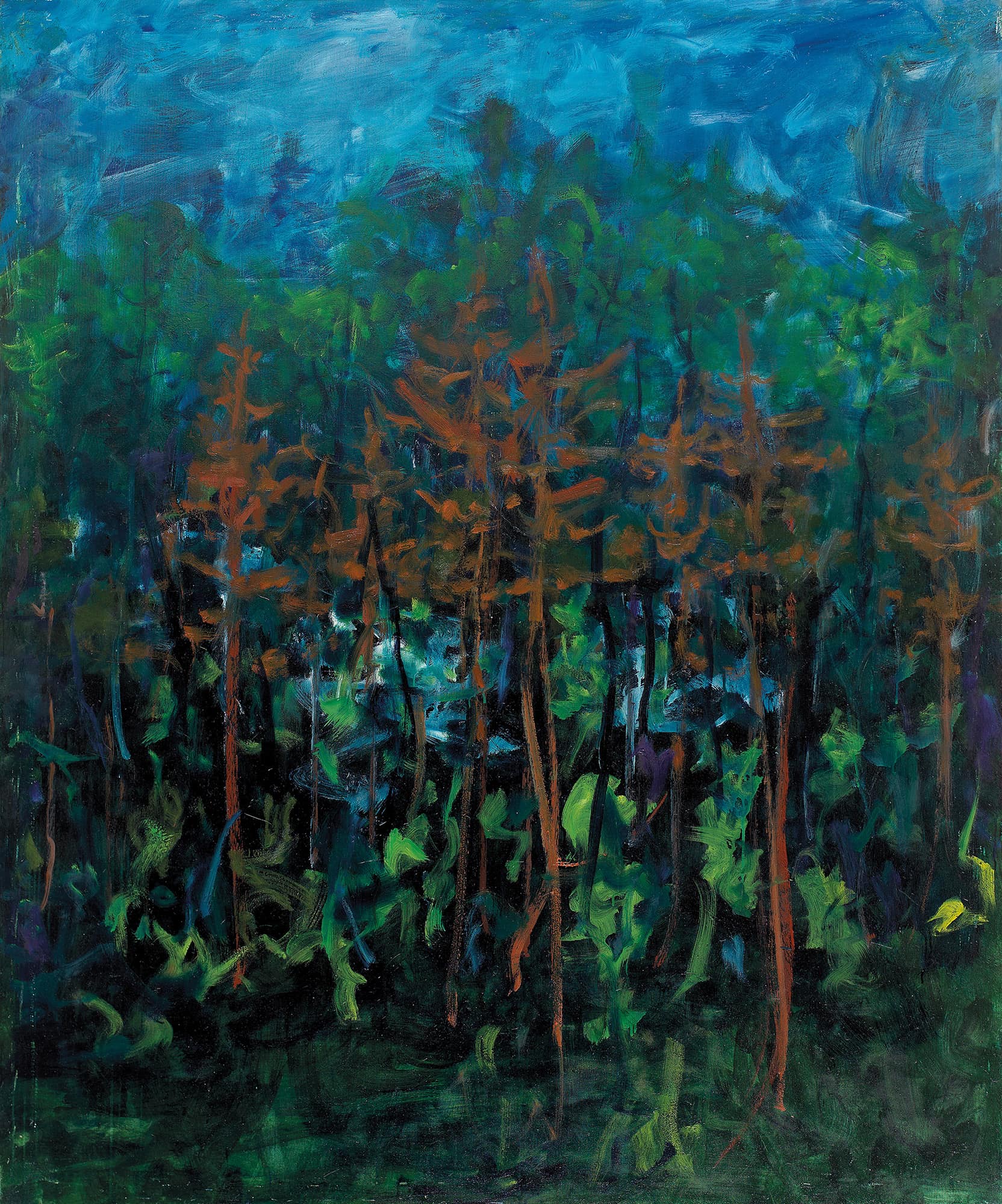






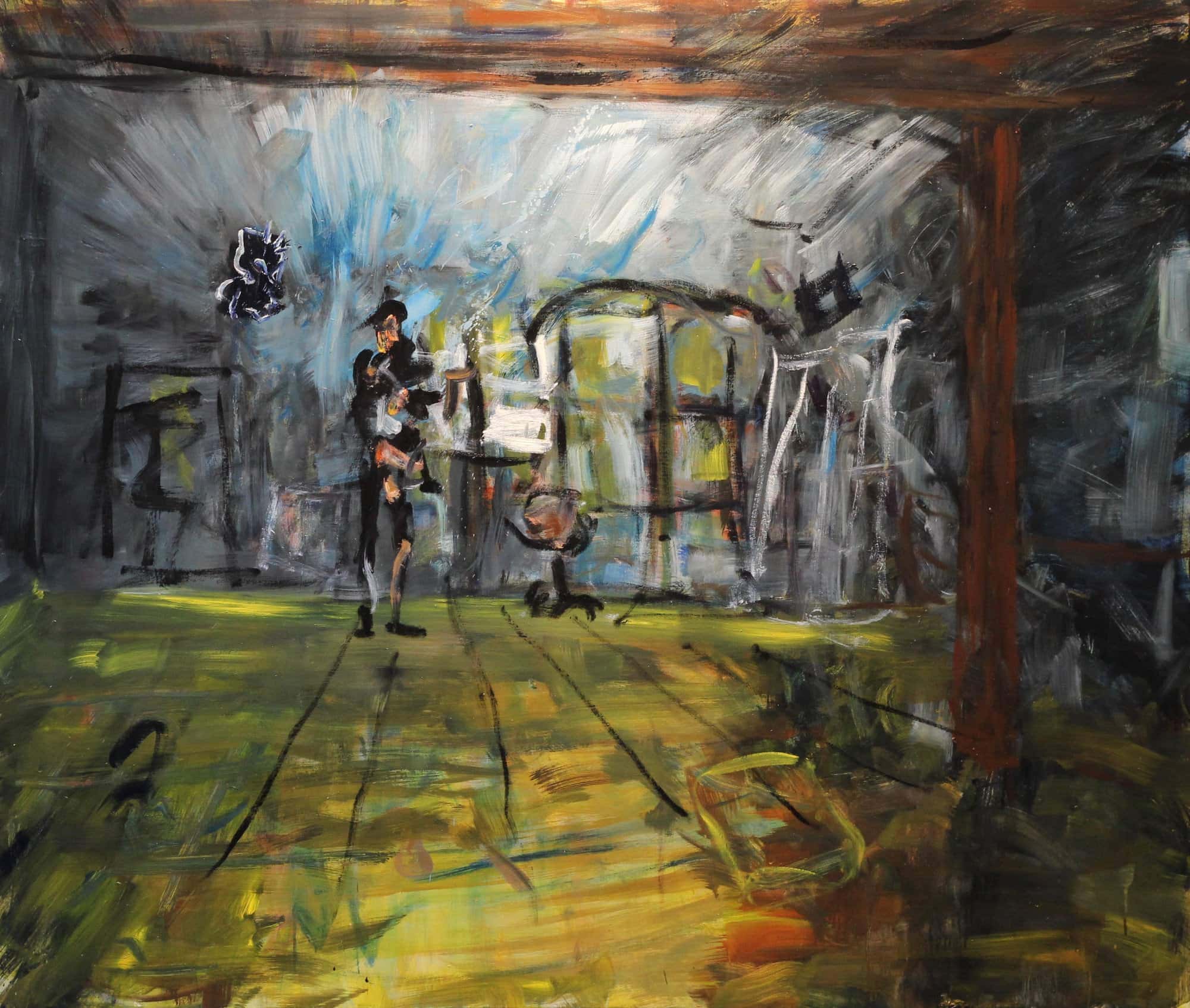
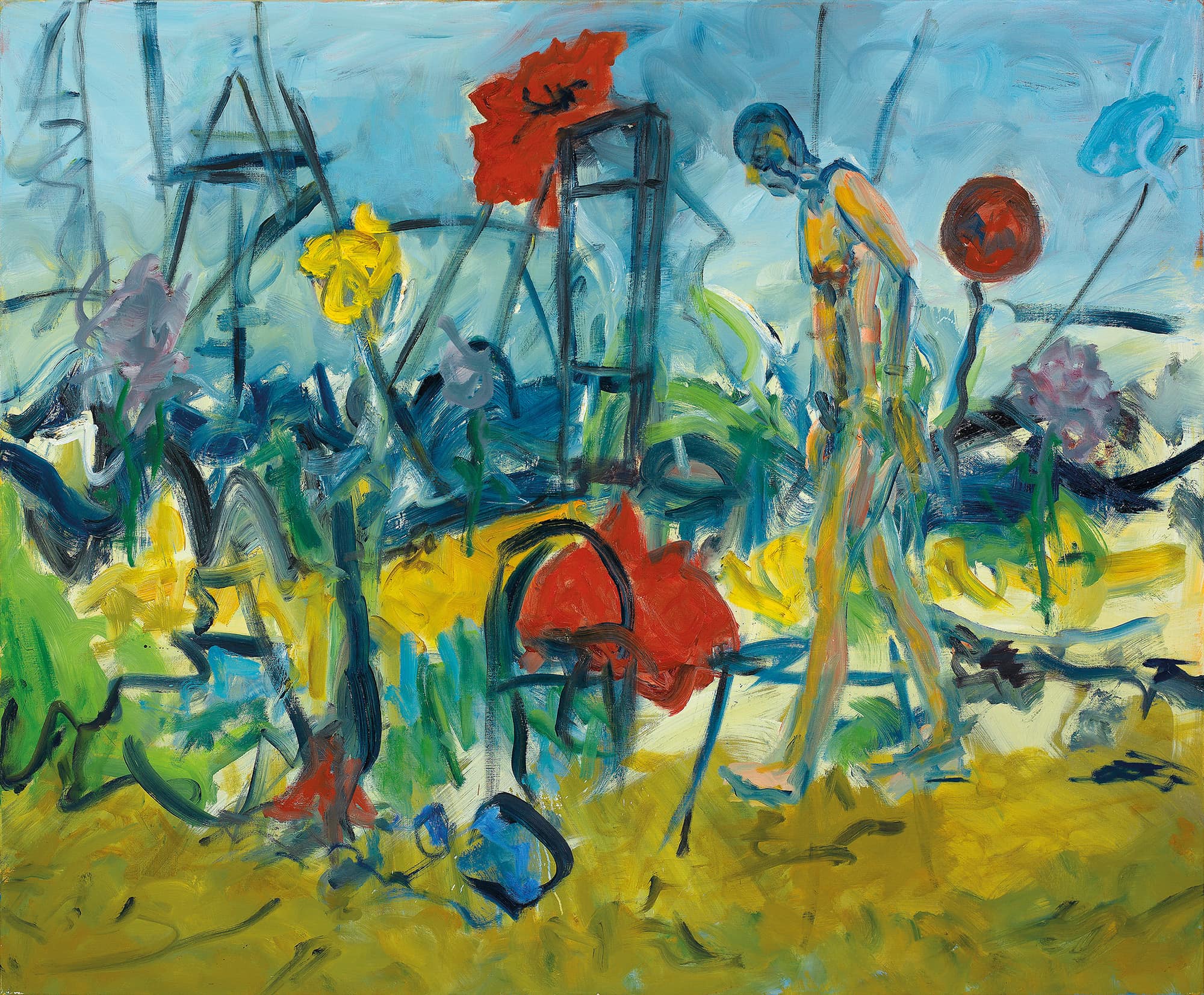
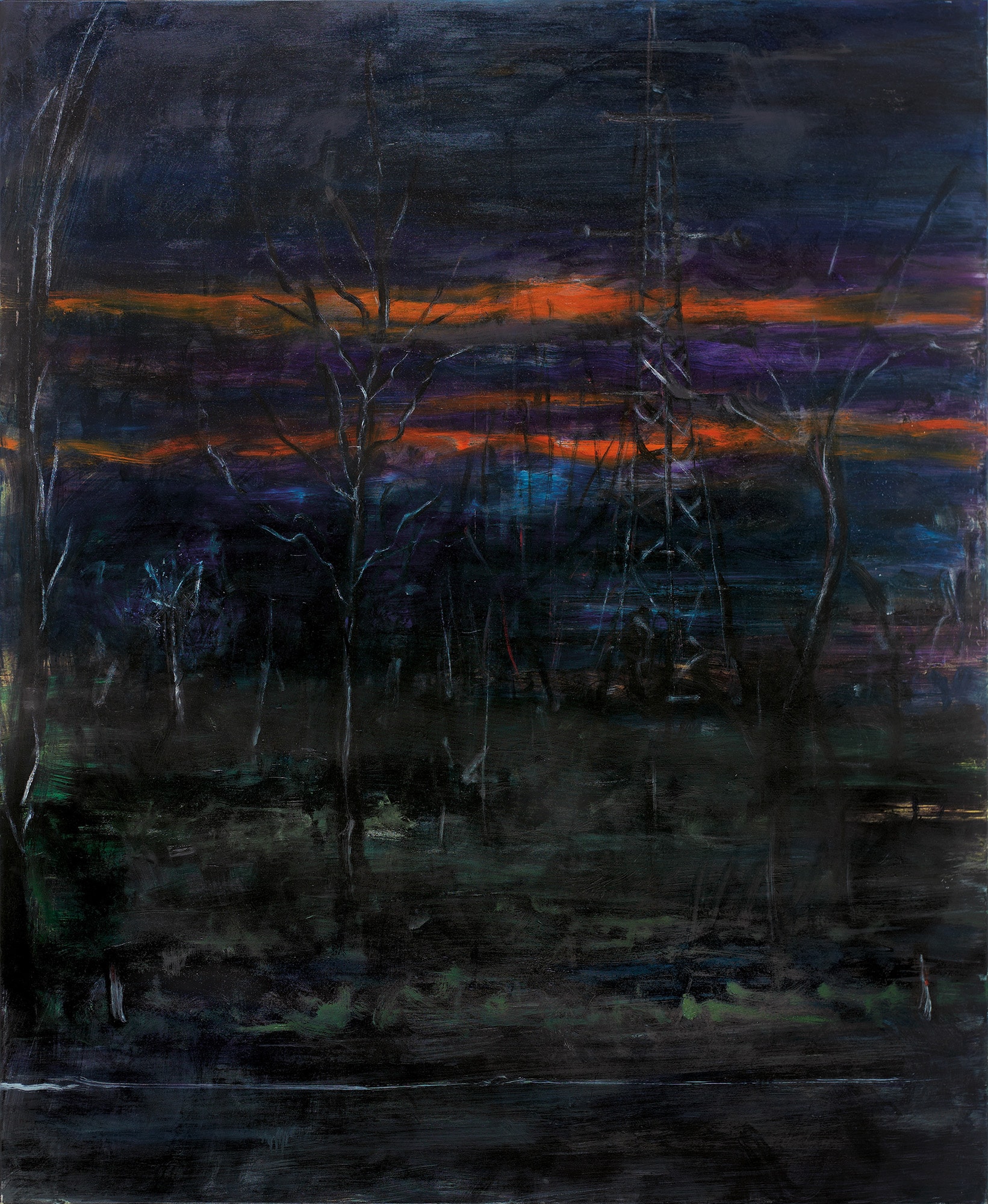
Ferdinand Melichar
Biography
Ferdinand Melichar, born in 1962 in Hanover, Germany, studied at the Academy of Fine Arts Vienna under Markus Prachensky, among others.
His predominantly representational paintings are generally received in the context of the ‘Junge Wilden’ – the young wild ones – and are characterised by a tendency toward narrative: these are usually stories frozen within the image, mixing the autobiographical, the excessive, obsessive and archetypal, often favouring dark shades of green, blue and brown. Some of these large-scale oil paintings seem like sketches for a movie and the artist has indeed written several screenplays, one of which was initially realised as a series of paintings entitled ‘Am Leben malen’ (painting on life) and deals with relationship issues.
In another series with the title ‘Die Aktionistinnen’ (the Actionists), Melichar explores the Slavic myth of the forest woman. The title ironically and counterfactually refers to Viennese Actionism, but here women from a wild tribe, as the artist states, “roam the woods naked in the summer, covered only by furs in the winter. They engage in rituals and from time to time a man from the village disappears.” In this pagan fantasy, which calls to mind the film “Wicker Man” with its human sacrifice, men are understood as “action material”. But beyond the narrative, it is Ferdinand Melichar’s view of landscapes, especially the forest as a place of dark secrets, which fascinates viewers.
In his forest studies, but also in his jagged (self) portraits and tightly arranged groups of figures, some in intentional blurriness, Ferdinand Melichar creates artistic spaces in which viewers are confronted with their primal fears.
The artist lives and works in Vienna.
An aesthetic of unintentionality – on Ferdinand Melichar’s paintings
I first encountered Ferdinand Melichar’s paintings at the start of the second year of the pandemic. While museums and galleries were closed, the hunger for a real experience of art could at least be alleviated by a glance from outside into the exhibitions shown at galleries. Strolling through Vienna’s first district on those cold winter evenings, from gallery to gallery, was one of the few possibilities of experiencing something in that austere time. The fact that access to the artworks was denied to us due to the lockdown only heightened the attention awarded to the objects one could discover in the brightly illuminated interiors.
The forest painting by Ferdinand Melichar at Smolka Contemporary instantly drew me in. It is hard to put into words the relationship one has with an artwork so captivating. Were I to rationalise the experience retrospectively, it is the impression of a direct encounter with nature, being able to delve into it or, more precisely, delving into a momentary snapshot of this forest, which seems so consoling, and to be able to experience it with the eyes and heart of the artist. It was this impression of immediacy that touched me so deeply. The aim of this painting was not to express some blatant artistic intention or style. On a rational level it is clear, of course, that this impression on behalf of the viewer is an illusion, the result of artistic and theoretical positions and reflections manifested in the painting, thus evoking precisely this notion.
This is not to argue against the artistic gesture, on the contrary – as a non-artist, I have great respect for people who opt for art and the world of art. In a universe of already existing artistic forms of expression, they have to find their own language, their aesthetic means, their themes and approach to the world. Since Pierre Bourdieu, we know that it is not the art that makes the artist, but the recognition awarded to him by the art scene. Whoever wants to survive in the field of art must act according to the economics of attention, strategically building his or her aesthetic “brand”. And this is far tougher than in other social fields such as the sciences, where I come from. In art, one exposes oneself with one’s entire being. Whoever chooses this accepts a high risk, also on an emotional level.
Ferdinand Melichar’s paintings seems to leave this aesthetic artistic intention behind and do not aim for recognition by the art world. They emanate something non-strategic, something unintentional, which may be precisely what is so impressive and moving about them.
Mag. Dr. Heidemarie Uhl
Historian, Austrian Academy of Sciences, Vienna